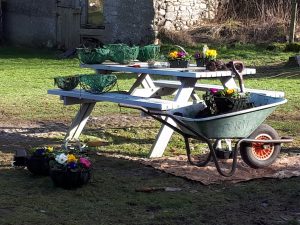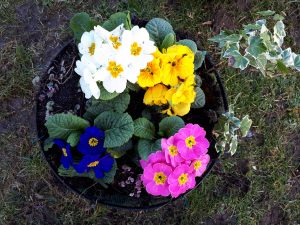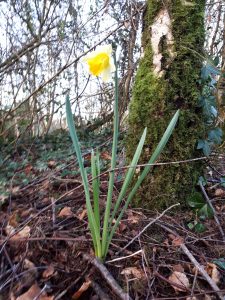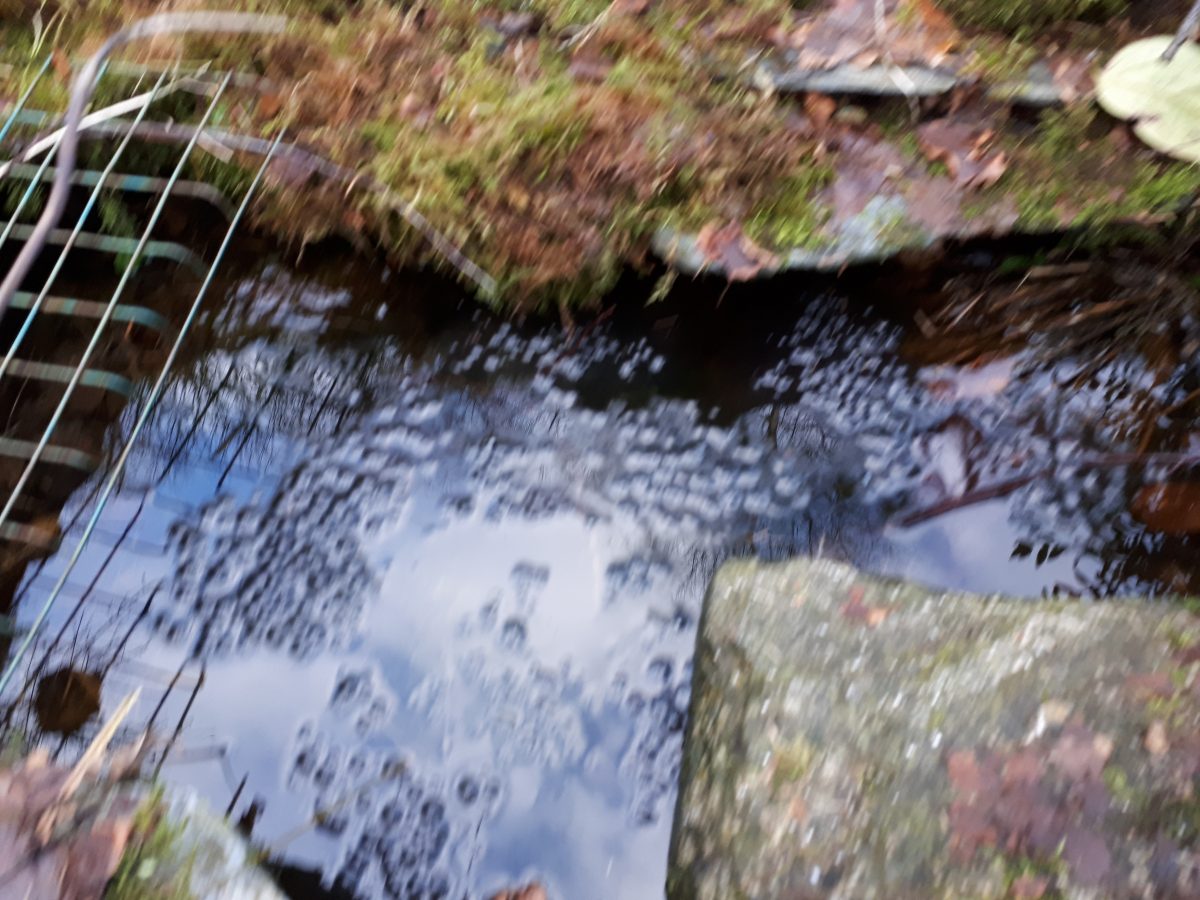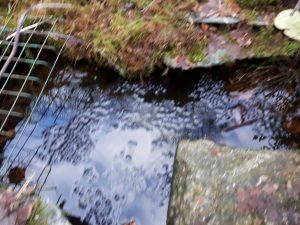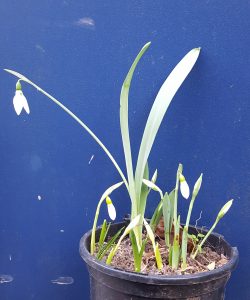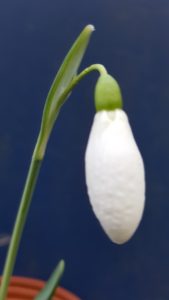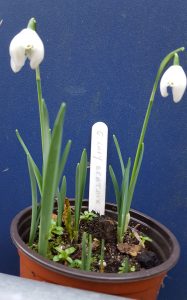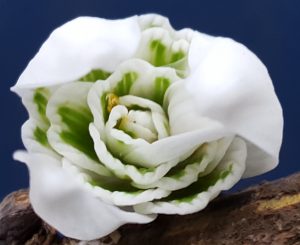Queen’s Tears (Bilbergia nutans), also known as Friendship Plant)
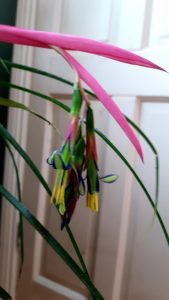
This is the most beautiful house plant. Its flowers have nearly all the colours of the rainbow – rose pink, yellow, blue, green. It blooms around this time every year for me – despite being neglected, which is just what it seems to need – neglect.
Its pendulous pink, green and blue flowers with striking yellow stamens dangle at the end of long arching bracts.
I have had it for a few years now (parish fetes are great places to buy unusual plants) but I have only just discovered its name. I have grown it in a pot, but I am going to try and grow a few shoots on a piece of bark
It is called Queen’s Tears because drops of nectar are supposed to “weep” from the flowers when the plant is moved or touched – I haven’t managed to see that yet.
But it is also called Friendship Plant – because it readily sets new offset plantlets which can be given away to friends. They say the best way to keep a plant is to give it away – if it dies on you, your friend will have it to give it back to you.
Queens Tears is a bromeliad, (bro-me-lee-ad) originating from South America where they grow as epiphytes, that is they perch in trees in the jungle and absorb moisture and nutrition through their leaves – almost like an air plant as they have very short roots.

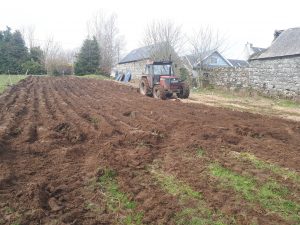
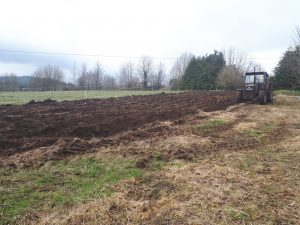

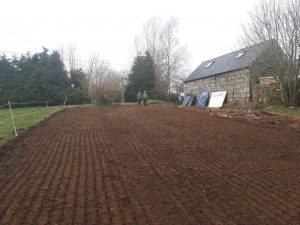
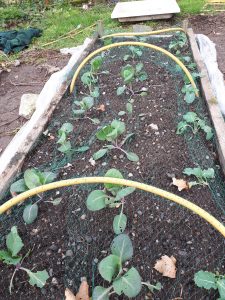

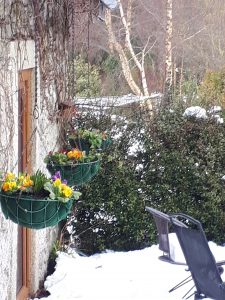
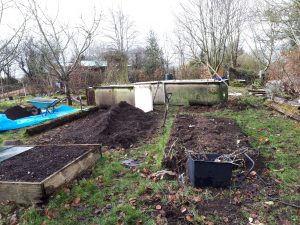
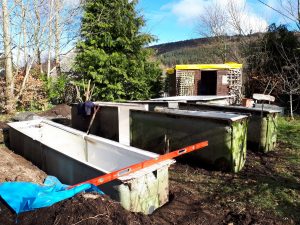
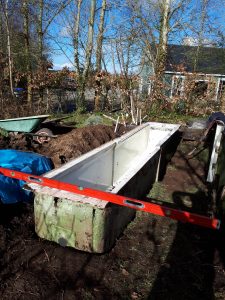
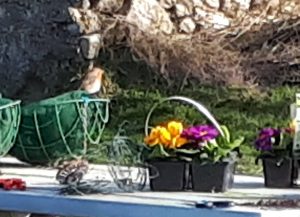 The ubiquitous robin
The ubiquitous robin